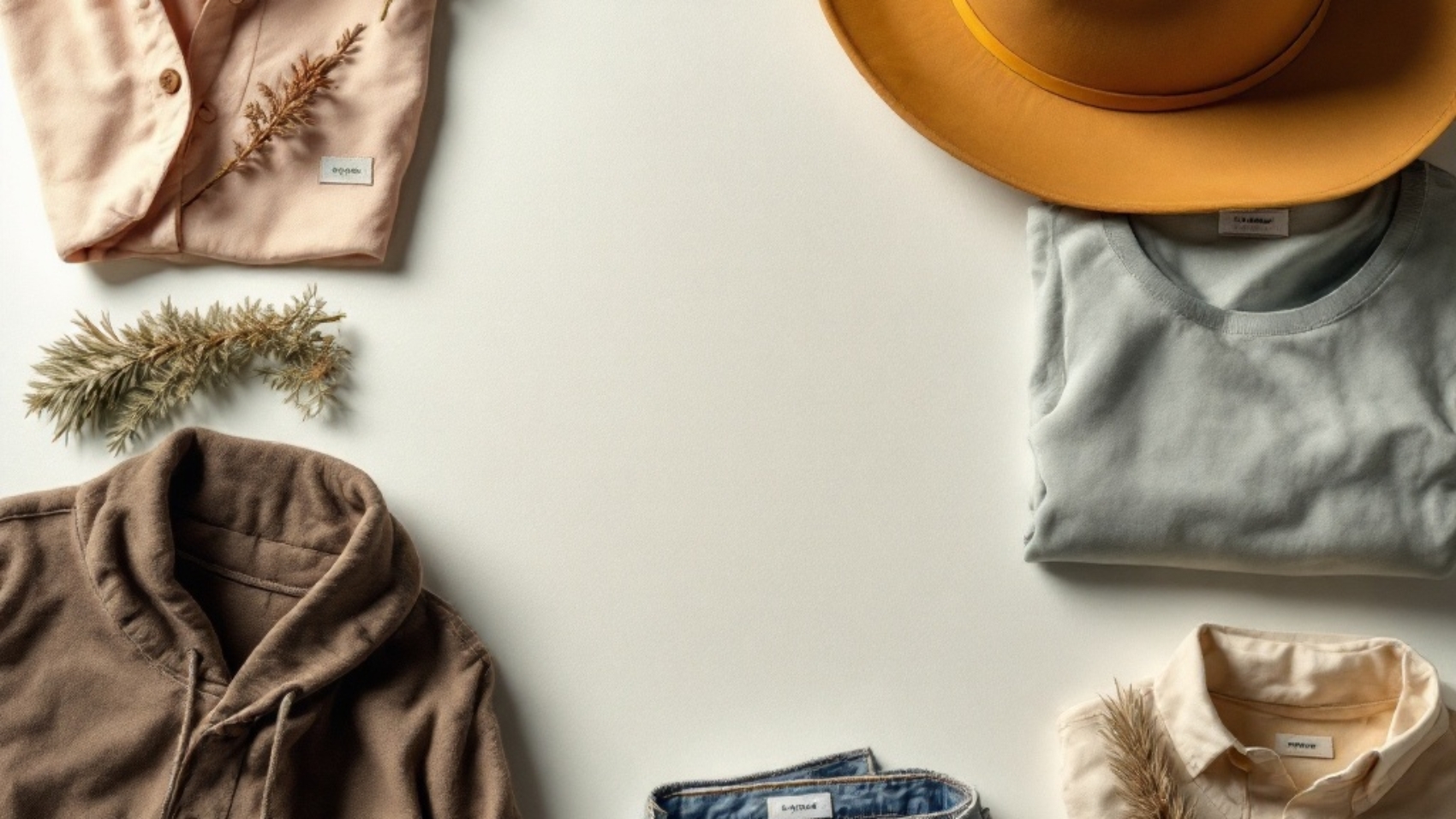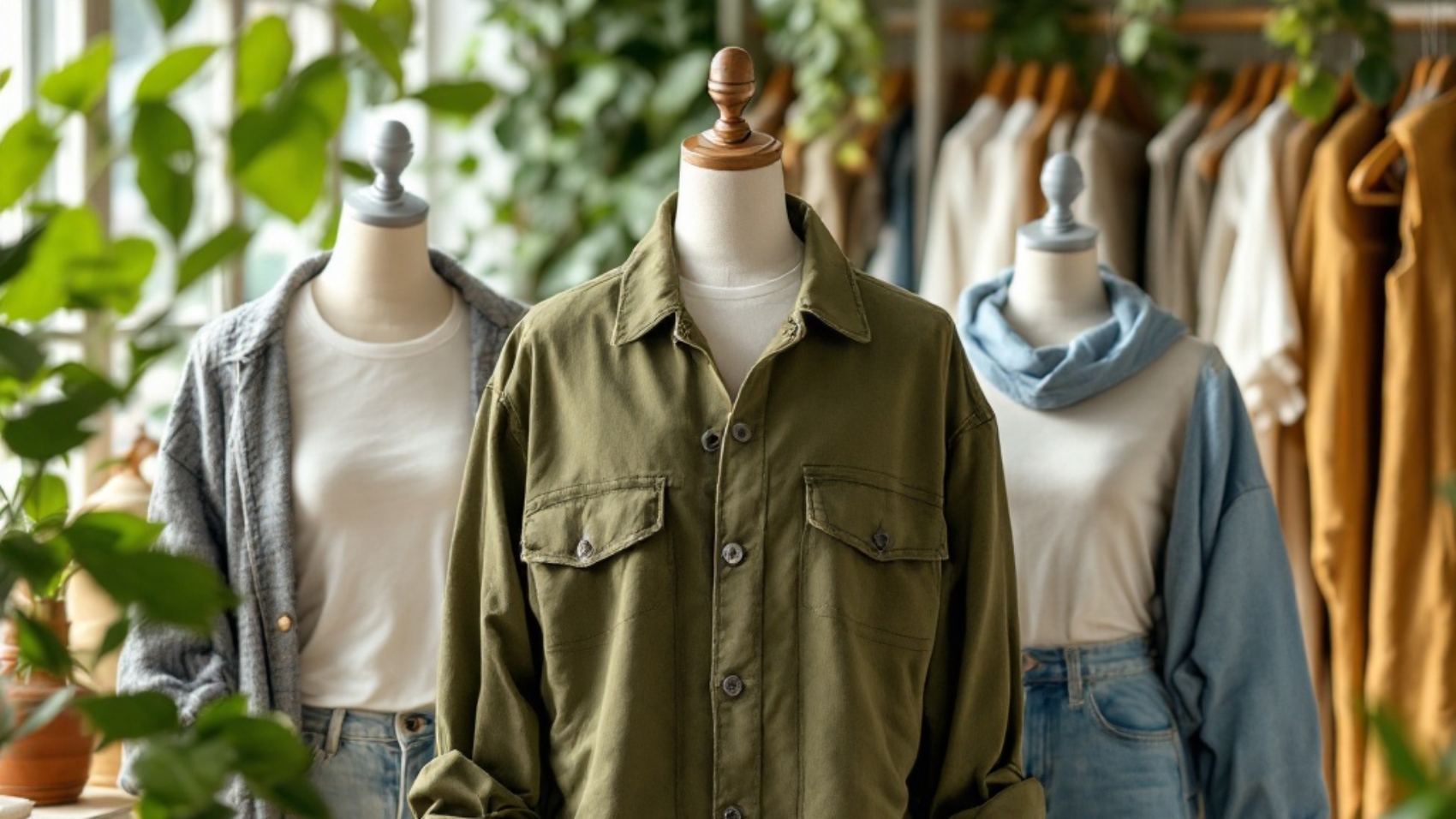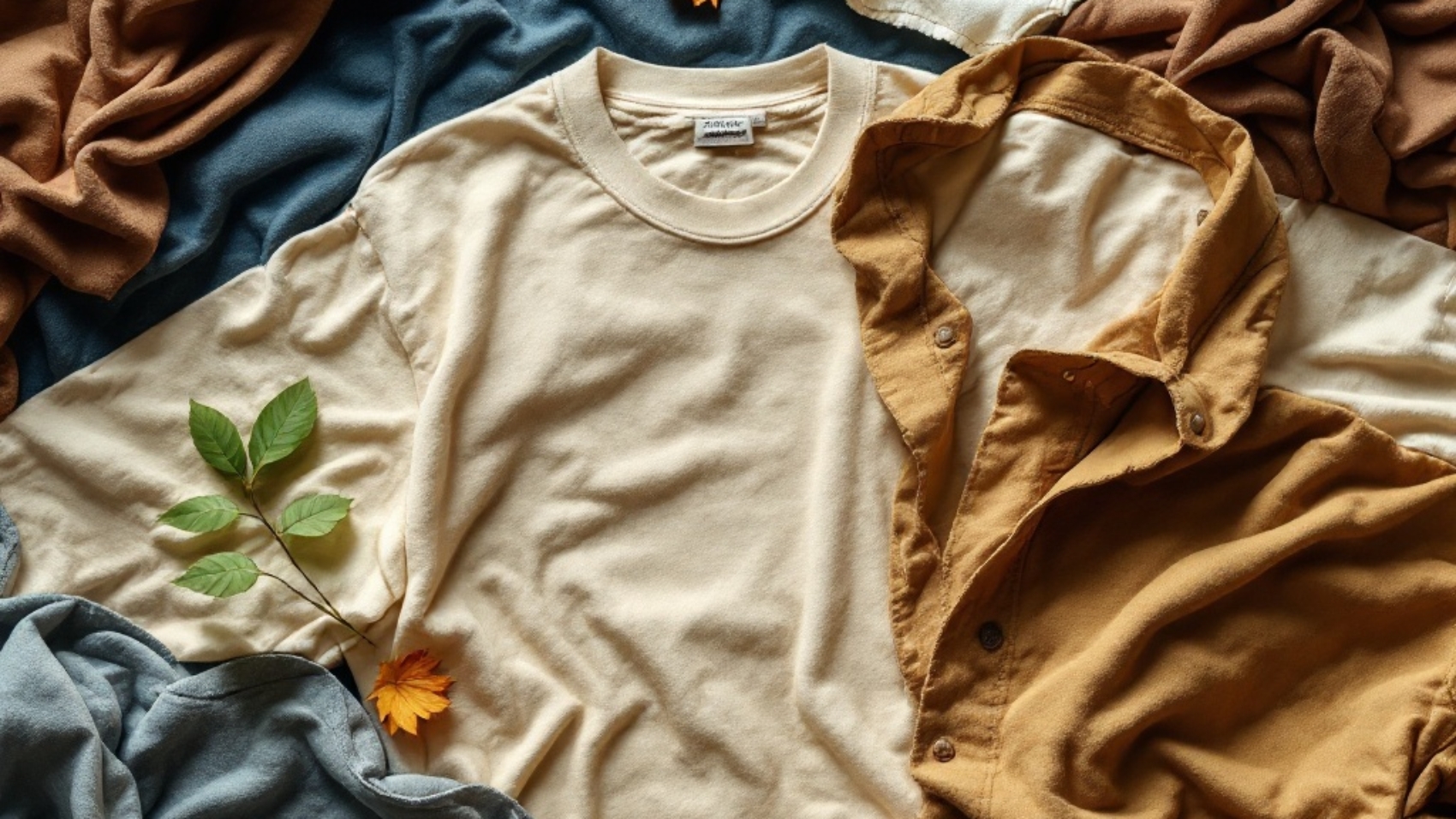Sustainable Fashion: The Benefits of Choosing Recycled Clothing
In recent years, the fashion industry has been undergoing a significant transformation, driven by a growing awareness of environmental issues and the need for sustainable practices. One of the most effective ways to contribute to a greener planet is through the adoption of recycled clothing. This article explores the various benefits of choosing recycled clothing, the importance of eco-friendly practices, and how we can all play a part in fostering a more sustainable future.
The Environmental Impact of Traditional Fashion
The traditional fashion industry has long been criticized for its detrimental impact on the environment. From the excessive use of water and chemicals in production to the massive amounts of waste generated by fast fashion, the consequences are staggering. According to the Ellen MacArthur Foundation, the fashion industry is responsible for 10% of global carbon emissions. This figure emphasizes the urgent need for a shift towards sustainable practices.
What is Recycled Clothing?
Recycled clothing is made from materials that have been repurposed from discarded textiles, reducing the need for new resources. This not only helps to minimize waste but also lowers the carbon footprint associated with clothing production. By utilizing pre-existing materials, brands that focus on recycled clothing contribute to a circular economy, where products are reused and repurposed rather than discarded.
Benefits of Choosing Recycled Clothing
1. Reducing Waste
One of the most significant benefits of recycled clothing is its ability to reduce textile waste. In the United States alone, approximately 11.3 million tons of textile waste are generated each year. By choosing recycled clothing, consumers can help divert these materials from landfills, where they would otherwise contribute to environmental degradation.
2. Lowering Carbon Emissions
Production processes for traditional clothing often involve high levels of carbon emissions due to the extraction and processing of raw materials. Recycled clothing significantly reduces these emissions by utilizing existing fibers and materials. This shift contributes to a lower overall carbon footprint, making a positive impact on climate change.
3. Conserving Resources
Producing new clothing typically requires vast amounts of water, energy, and raw materials. For instance, growing cotton, a common fabric, consumes enormous quantities of water. In contrast, recycled clothing conserves these precious resources by repurposing existing materials, which is crucial as we face increasing water shortages globally.
4. Supporting Eco-Friendly Brands
By choosing recycled clothing, consumers can support brands that prioritize sustainability and ethical practices. Many companies that manufacture recycled clothing are committed to environmentally friendly operations, ensuring that their production processes are as green as possible. This support encourages more brands to adopt sustainable practices, creating a ripple effect throughout the industry.
5. Promoting a Circular Economy
The concept of a circular economy focuses on reducing waste and continually repurposing materials. By choosing recycled clothing, consumers contribute to this model, helping to create a system where products are reused, repaired, and recycled rather than discarded. This shift is essential for fostering a more sustainable future.
Understanding Organic and Biodegradable Materials
In addition to recycled clothing, the fashion industry is increasingly embracing organic and biodegradable materials. Organic fabrics, such as cotton and linen, are grown without harmful pesticides or synthetic fertilizers, making them a healthier choice for both the environment and consumers. Biodegradable materials, on the other hand, can break down naturally over time, reducing the long-lasting impact of waste.
The Role of Unisex EcoSmart® Clothing
Unisex EcoSmart® clothing represents an innovative direction in sustainable fashion. This line of clothing is designed to be inclusive, catering to various body types and sizes while maintaining a commitment to eco-friendliness. By offering unisex options, brands can reduce the number of garments produced and encourage a more sustainable approach to fashion choices.
How to Incorporate Recycled Clothing into Your Wardrobe
Incorporating recycled clothing into your wardrobe is easier than ever, thanks to the growing number of brands and retailers offering sustainable options. Here are some tips to help you get started:
1. Research Sustainable Brands
Start by researching brands that focus on recycled clothing and sustainable practices. Look for companies that prioritize transparency in their production processes and source materials responsibly.
2. Thrift and Second-Hand Shopping
Thrifting is a fantastic way to find unique pieces while contributing to a circular economy. By purchasing second-hand clothing, you help extend the life of garments and reduce the demand for new production.
3. Educate Yourself on Fabrics
Understanding the different types of fabrics and their environmental impact can help you make informed choices. Look for clothing made from recycled materials, organic fibers, or biodegradable fabrics.
4. Host Clothing Swaps
Organizing a clothing swap with friends or family is a fun way to refresh your wardrobe without contributing to fast fashion. This practice promotes sustainability by encouraging the exchange of items rather than purchasing new ones.
5. Invest in Quality over Quantity
Instead of buying numerous low-quality pieces, invest in high-quality recycled clothing that will last longer. This approach not only supports sustainable practices but also saves you money in the long run.
The Future of Recycled Clothing
The future of fashion lies in the hands of consumers who demand sustainable practices. As more people become aware of the benefits of recycled clothing, the industry will continue to evolve. Innovations in technology and materials will further enhance the potential for recycled clothing, making it an increasingly viable option.
1. Advances in Recycling Technology
Innovations in recycling technology are paving the way for more efficient processes in the textile industry. New methods of recycling fibers and materials are being developed, allowing for higher quality and more versatile products made from recycled sources.
2. Increased Consumer Awareness
As consumers become more educated about the impact of their choices, the demand for sustainable clothing will rise. This trend encourages brands to prioritize eco-friendly practices and transparency in their production processes.
3. Government Regulations and Support
Governments around the world are beginning to recognize the importance of sustainable practices in the fashion industry. Increased regulations and support for eco-friendly initiatives will further drive the shift towards recycled clothing and sustainable fashion.
Conclusion
Choosing recycled clothing is a powerful way to contribute to a more sustainable future. By supporting eco-friendly brands, understanding the benefits of organic and biodegradable materials, and incorporating recycled clothing into our wardrobes, we can all play a part in reducing waste and minimizing our environmental impact. As the fashion industry continues to evolve, embracing recycled clothing will be essential for creating a more sustainable world.

 Cart is empty
Cart is empty 


